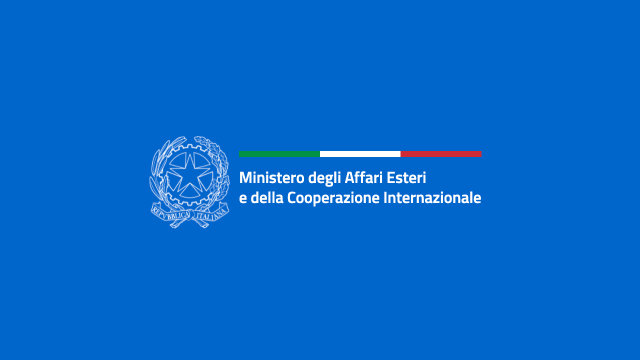The first meeting of the Cuba-Italy Bi-national Committees set up to manage the Countervalue Fund established by the Bilateral Debt Treatment Agreements signed last July, was held today in Havana, chaired by the Deputy Minister for Overseas Trade and Foreign Investment (MINCEX), Ileana Nuñez, and the Italian Ambassador to Cuba, Andrea Ferrari. For Cuba, the meeting was attended by officials from MINCEX, the Ministry of the Economy and Planning and the Banco Nacional de Cuba; on the Italian side, the meeting included officials from our Embassy in Havana, the Ministry of Foreign Affairs and International Cooperation’s Directorate General for Development Cooperation, the Italian Agency for Cooperation and Development (AICS) and the Italian Export Credit Agency (SACE), as technical advisers.
The work started by the Bi-National Committees is a further tangible sign of the strengthening of bilateral relations between Italy and Cuba over recent years, providing a tool to support Italian companies interested in investments and projects with local counterparts in Cuba. In fact, as provided for in the Debt Restructuring Agreements signed last year, the Cuban government is committed to converting part of the commercial debts, amounting to 88.6 million euros, into a fund in local currency that will be used to fund strategic projects for the country’s development involving Italian companies, preferably small and medium, or Italo-Cuban joint ventures.
Alongside entrepreneurial opportunities, the implementation of last July’s agreements also provides for funds originating from the debt generated by development aid programmes to be redirected to cooperation initiatives, with a total of around 13 million euros in an additional local currency fund, to finance projects for sustainable human and socio-economic development in Cuba.
The Bi-National Committees therefore met to approve their respective internal rules and to establish the mechanisms for accessing the Countervalue Fund and the criteria for determining the eligible projects for the Committees. In particular, as provided for in the Debt Treatment Agreements, the Countervalue Fund resources (in its two components: commercial and cooperation) may be destined to subsidise expenditure in Cuba – in local currency – for industrial or development investment projects approved by the two respective Committees. In the coming weeks, more information will be provided on how the proposals will be presented by the interested companies.

